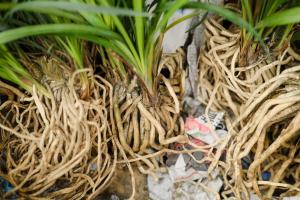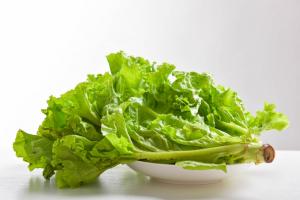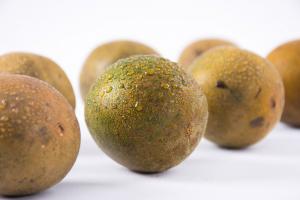Can I Use Dirt for Potted Plants?
Potted plants are a great way to bring greenery and life into your home, and they are especially popular among people who live in apartments or small spaces. While many people use store-bought potting soil for their potted plants, others wonder if they can use dirt instead. In this article, we will explore the question of whether or not you can use dirt for potted plants and what factors you should consider before making your decision.
The Pros and Cons of Using Dirt for Potted Plants
Dirt, or topsoil, is the natural soil that is found on the ground. It is made up of a combination of organic and inorganic materials, such as decaying plants and rocks. While it may seem like a natural and cost-effective option for potted plants, there are some pros and cons to consider.
Pros
Cost-effective: If you have access to dirt for free, it can be a cost-effective option for potted plants.
Nutrient-rich: Natural dirt can be rich in nutrients that are beneficial for plants, such as nitrogen, phosphorous, and potassium.
Can improve water retention: Depending on the type of dirt you use, it can help improve water retention in pots.
Cons
Possible soil-borne diseases: Dirt can harbor pests, weeds, and soil-borne diseases that can harm your potted plants.
Poor drainage: Some types of dirt, such as heavy clay soil, can lead to poor drainage in pots, which can be harmful to plants.
No pH control: Natural dirt can have varying pH levels, which can be harmful to plants that require specific pH conditions to grow.
Factors to Consider When Using Dirt for Potted Plants
If you decide to use dirt for your potted plants, there are several factors you need to consider to ensure the health and success of your plants.
Type of dirt
Not all dirt is created equal, and the type of dirt you use can greatly impact the growth and health of your potted plants. Sandy soil, for example, can help improve drainage, while heavy clay soil can lead to poor drainage. It's important to consider the type of plants you are growing and choose a dirt type that will meet their specific needs.
Sterilization
To avoid soil-borne diseases, it's important to sterilize any dirt you plan to use in your potted plants. This can be done by baking the dirt in an oven at 180 degrees Fahrenheit for about 30 minutes.
Adding nutrients
Dirt can be rich in nutrients, but it's important to ensure that your potted plants are getting the nutrients they need to thrive. Adding a slow-release fertilizer or plant food to your potted plants can help ensure they are getting the nutrients they need.
Watering
Since dirt has varying water retention capabilities, it's important to monitor your potted plants and adjust your watering schedule as needed. Overwatering can lead to root rot, while underwatering can cause your plants to wilt and die.
Conclusion
While there are some pros to using dirt for potted plants, such as cost-effectiveness and nutrient-richness, there are also several cons to consider, including possible soil-borne diseases and poor drainage. If you do decide to use dirt for your potted plants, it's important to choose the right type of dirt, sterilize it, add nutrients, and monitor your watering schedule. Ultimately, the decision to use dirt or potting soil will depend on your specific needs and preferences as a gardener.

 how many times do yo...
how many times do yo... how many planted tre...
how many planted tre... how many pine trees ...
how many pine trees ... how many pecan trees...
how many pecan trees... how many plants comp...
how many plants comp... how many plants can ...
how many plants can ... how many plants and ...
how many plants and ... how many pepper plan...
how many pepper plan...































